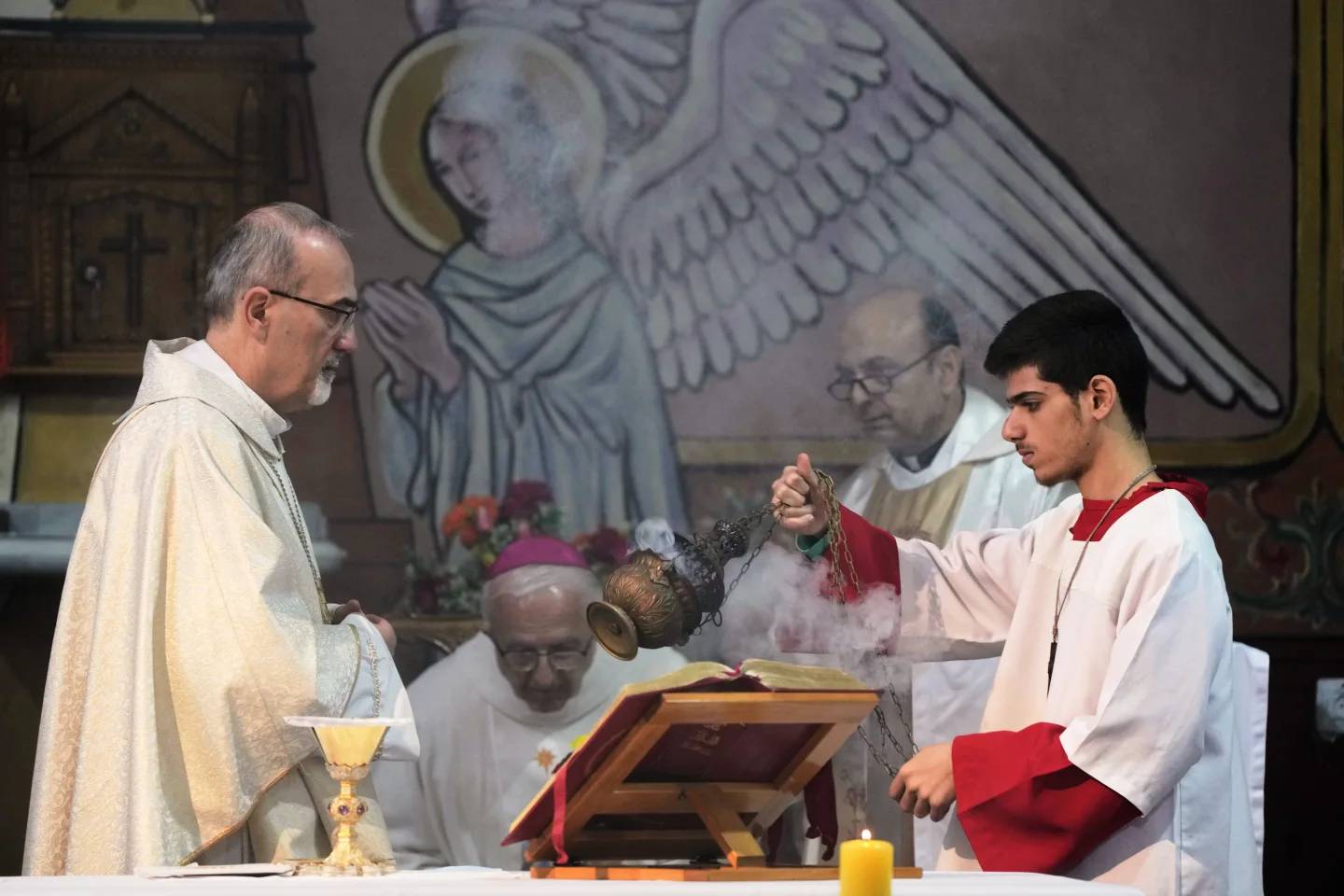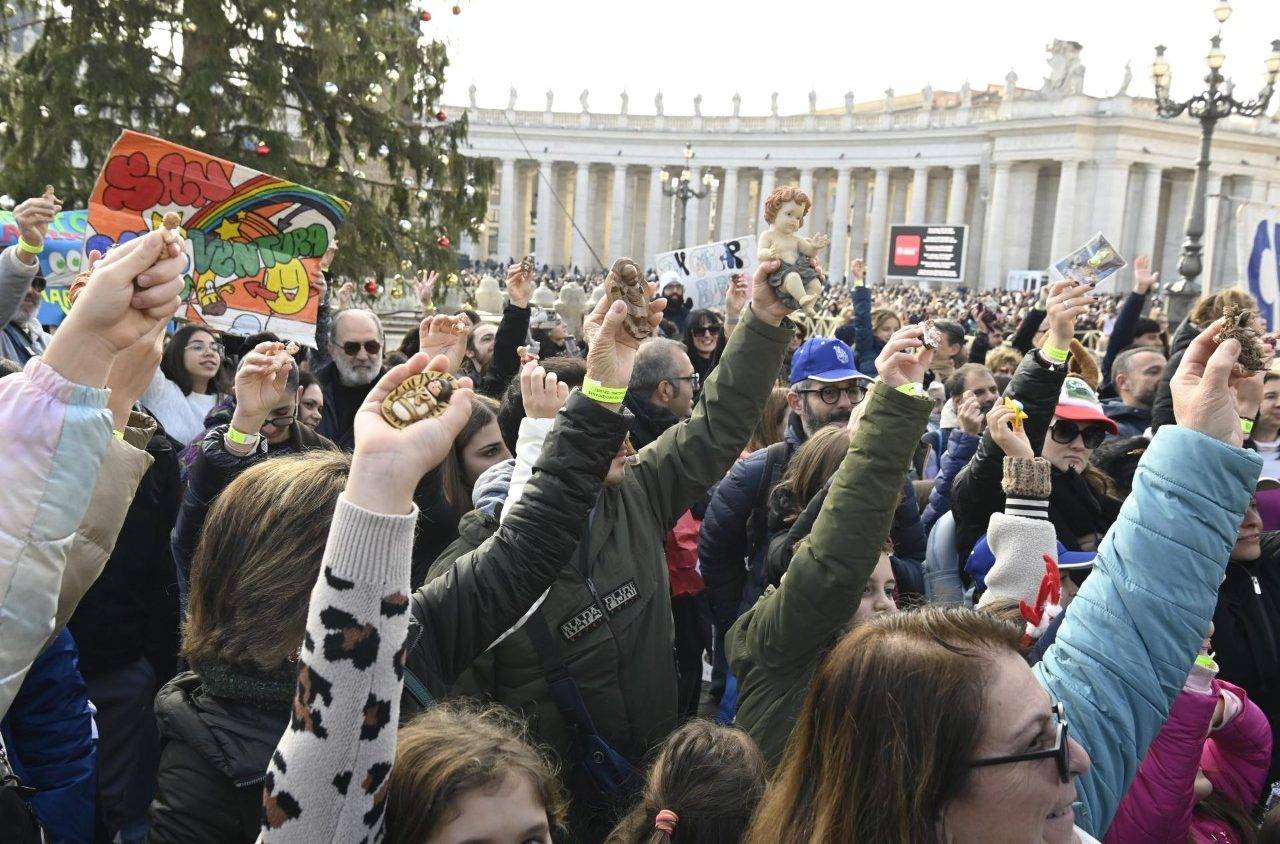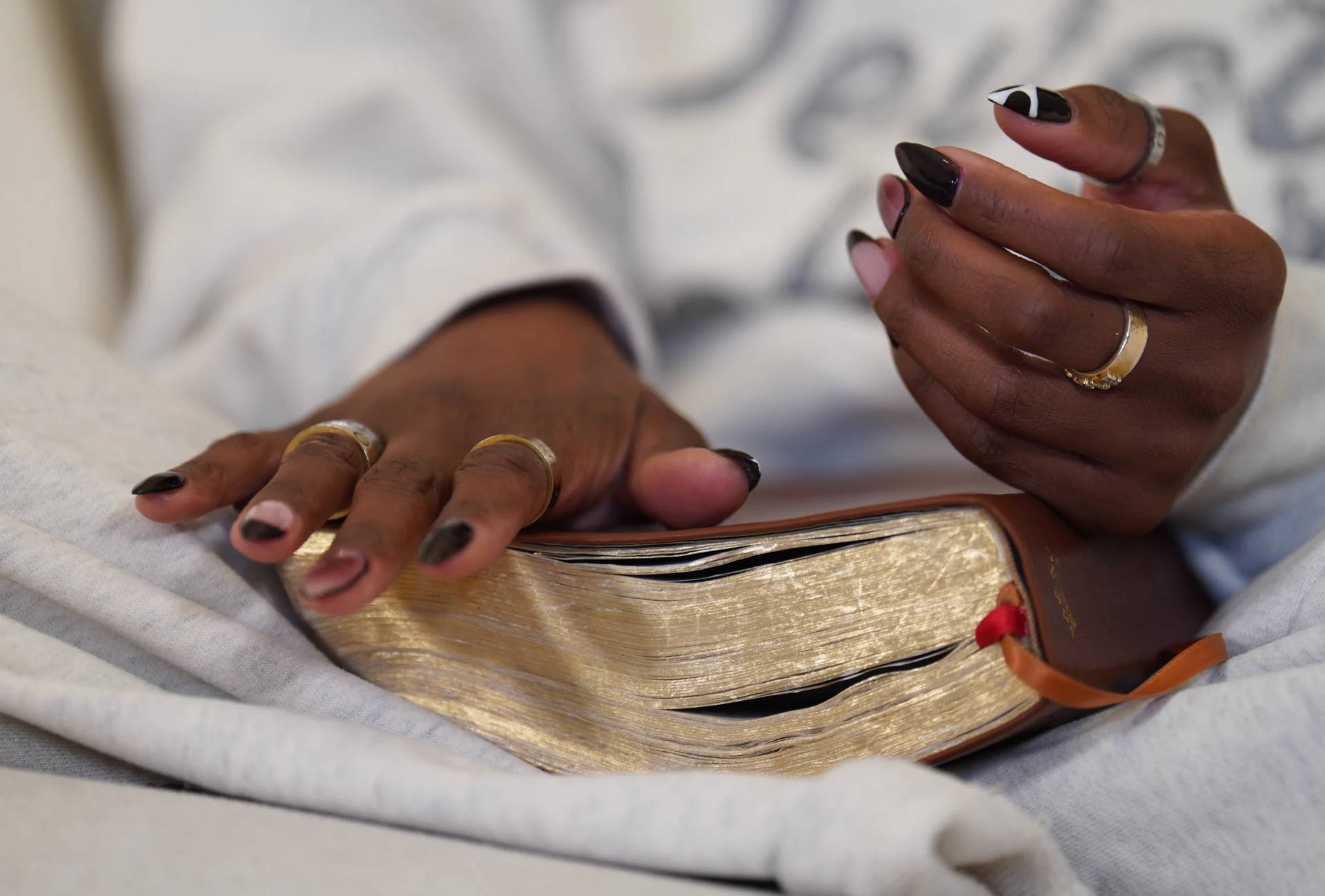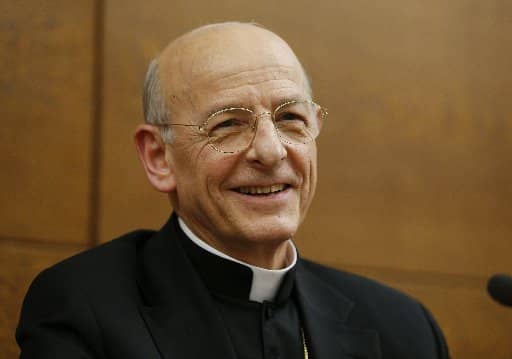In recent months, more than a dozen Catholic churches and two Protestant ones have been burned by indigenous groups in southern Chile. Although condemned by the majority of the Mapuche community, the attacks continue, in what’s described as an attempt to raise awareness over a historic land conflict.
Back in April, in the place where one church was attacked, those responsible left a sign saying: “Every church will be burnt down. Leave! Freedom to the Mapuche political prisoners.”
The hierarchy of the Catholic Church in southern Chile is trying to build bridges of dialogue, largely siding with the grievances of the country’s indigenous population, which amounts to 12 percent of Chile’s 17.6 million citizens.
On Wednesday, however, the local business community sent a letter to the Vatican to alert Pope Francis about the rising violence, saying that hundreds of small landowners and general citizens have suffered incendiary attacks, been shot at, threatened and even killed.
“We hope this information helps you to know the pain of a country and of Chileans who suffer because our faith is under attack by terrorism, which respects no values or religion, threatening freedom of worship,” the letter concludes.
The conflict is highly complex, dating back to the 1500s when Chile was first colonized by the Spanish crown. Most observers believe the attacks against churches, parishes and seminaries likely will continue, despite the fact that 70 percent of the Mapuche community is Catholic.
Here’s a rundown about this conflict which, without being religious at its core, has the Catholic Church at its center.
Where is it happening?
Southern Chile, particularly in the region known as La Araucania. Like all of Chile, it’s located on South America’s Pacific coast, and its largest city is Temuco. It wasn’t incorporated into the country until the 1880s, when the national government occupied the area to end Mapuche resistance.
Where did the conflict originate?
Arguably, it all started when the country was “discovered” by the Spaniards in 1536, in a scouting expedition led by Diego de Almagro, who was looking for gold that he never found. Three years later, the Spanish domain over this South American country began.
From the start, they encountered a ferocious resistance from the Mapuche people.
Fast-forward five decades when the Jesuits arrived, with the evangelization of the indigenous community as their priority. According to Jesuit Father Fernando Montes, former rector of Chile’s Pontifical Catholic University, the missionaries were “the great defenders” of the Mapuche, introducing a dose of syncretism in their approach and even learning the local language, mapudungun.
In 1608, the Jesuits formally renounced the “personal service of the Indians,” who at the time were forced to work for the Spanish crown in slave-like conditions.
According to Montes, the key to today’s problem, lies in this period. Father Luis de Valdivia, seeing the mistreatment towards the Mapuche and the violence of the senseless war being fought in Chile in an attempt to subdue the locals, proposed a “defensive war.”
This proposal, approved by the Spanish monarchs, meant that colonizers would no longer try to advance in their military conquest, but would settle at the side of the Bio Bio river. Everything south to it, would be sovereign Mapuche territory.
This policy, Montes told Crux, had strong opposition from the military and the Spaniards who relied on the Indians for cheap labor forces.
As a direct consequence, when Chile won its independence from Spain in the 19th century, the country was divided in two, which is why Chileans set out to conquer the independent southern region through a military operation called “pacification of Araucania.”
This pacification meant forcing Spaniards to live among the Mapuche, while their culture was completely disregarded. In addition, their land was occupied and in many cases, their territories divided among the new conquerors.
“This wound hasn’t healed today, and it’s now festering as a result of historic debt,” Montes said.
Historian Francisco Javier González Errázuriz added that in 1853, seeing that newcomers were illegally taking the lands from the Mapuches, the government tried to set up a series of requirements. This led to some lands being legally bought, but many others were still wrongly occupied.
In addition, in the 20th century big forestry companies occupied many of the territories the Mapuches were claiming as ancestrally theirs, adding another variable to the already complicated equation.
What’s going on now?
To date, 14 Churches, a Catholic seminary, a center of a Catholic university and two Evangelical churches have been attacked by “radicalized” Mapuche movements.
One of these groups is called the Trapilhue, who claim ownership of lands where a seminary named San Fidel is located. In 2014 they occupied the building, and were eventually evicted earlier this year. On March 2, the community set it on fire, destroying the two top floors.
The day after, Fidel Tranamil, one of the Trapilhue leaders, said the Church has proven to be “another member of the state, and we won’t stop until we’ve expelled them from the territory.”
The radicalization seen today began in 2013, when Mapuche people started attacking plantations, trucks transporting goods, and individuals. During one of those attacks, two people were killed: Werner Luchsinger and his wife Vivianne Mackay.
Eleven members of the indigenous community are currently on trial for the murder, and in many of the recent attacks against churches, part of the demand was for the accused to be freed.
According to González Errázuriz, however, the problem is not really the Church, although he doesn’t rule out some might see it that way.
Beyond the Jesuits, other religious orders such as the Franciscans and Capuchins, as well as large numbers of diocesan priests, have been in the region for hundreds of years.
“It’s true, evangelization wasn’t always easy, particularly because of the polygamy rooted in the Mapuche culture, but the majority have a great affection for the priests and are suffering with the current attacks,” González Errázuriz said.
Burning churches, he added, has no justification or explanation.
“It seems to be a radical move of intimidation and pressure,” he said.
Montes lists poverty, vindication of stolen properties, the desire of going back to their roots and achieving autonomy as the key elements of the conflict.
He agrees that the attacks against churches doesn’t seem to respond to an “oppressive” view of Christianity, but as actions seeking high impact. He also puts some of the responsibility on the local bishop, Francisco Javier Stegmeier, who’s forced the Mapuche out of the seminary.
What’s the Church to do?
“The bishops can and want to mediate,” González Errázuriz said. The problem, he said, are the small groups of radicalized Mapuche, who, under the influence of “external factors and international activist groups,” such as Colombia’s guerrillas, “don’t want dialogue but to escalate the conflict.”
González Errázuriz suggests that to begin dialogue, radicalized elements have to be isolated, and then, in tandem with the national government, the community should set a long-term plan for a comprehensive and social development of the region.

















